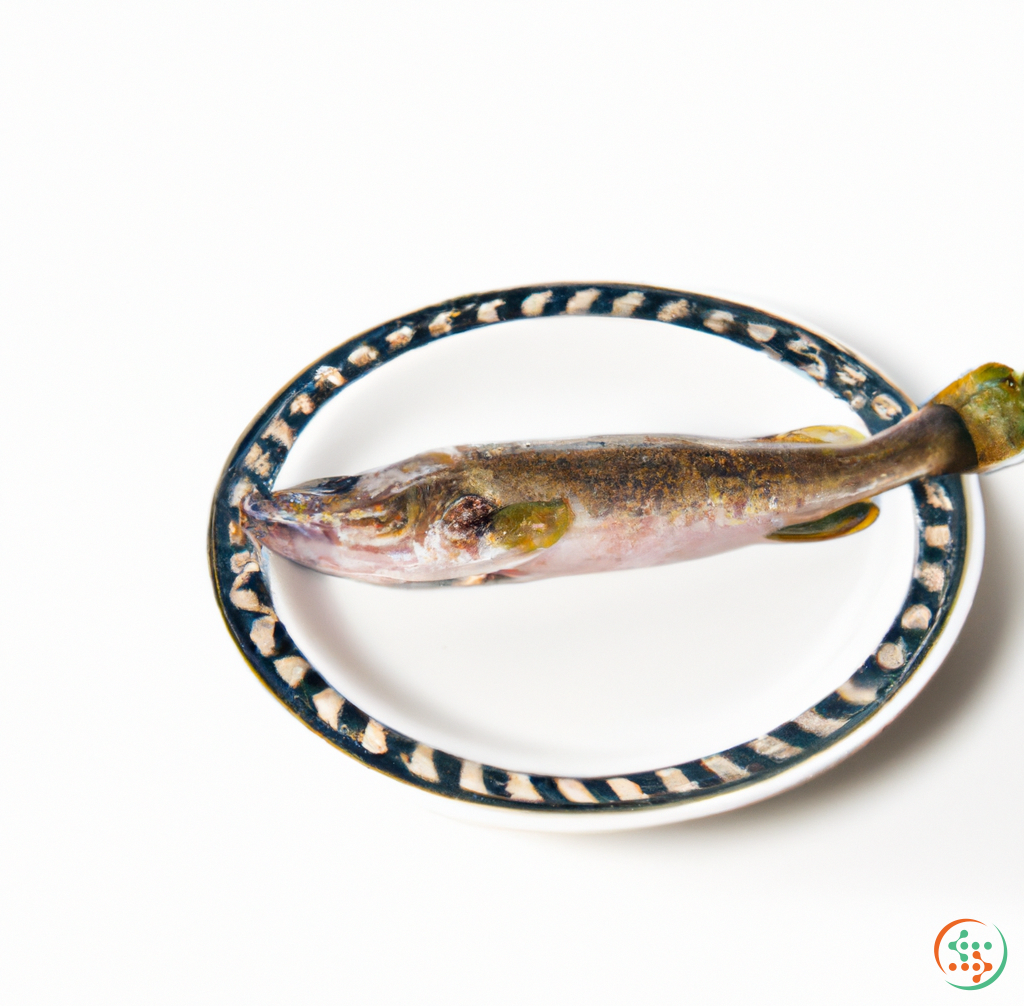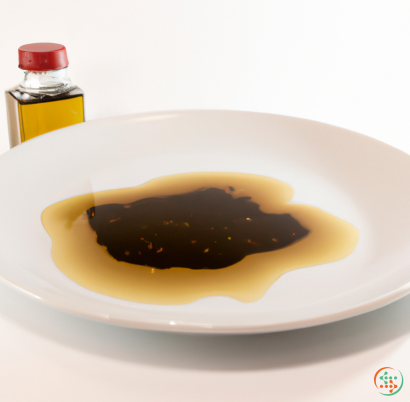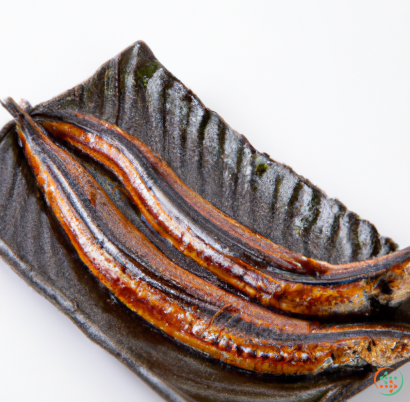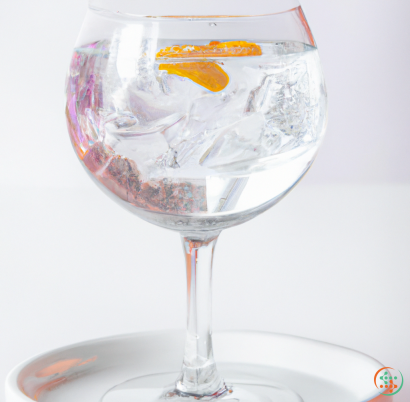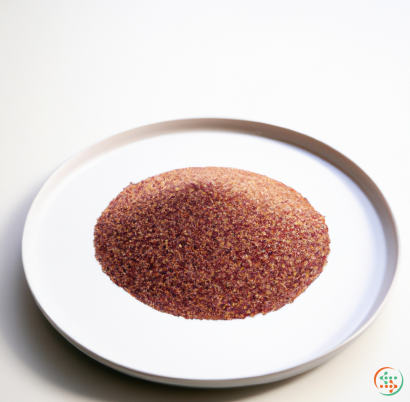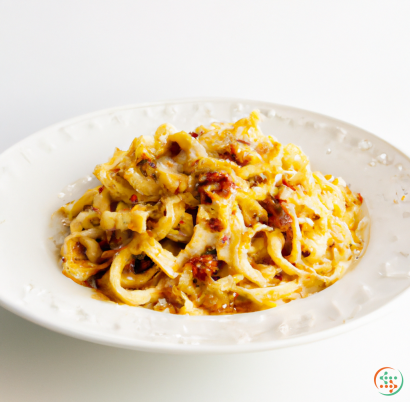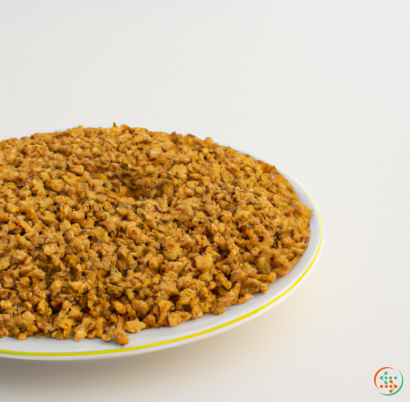Walleye
A walleye may not be the most common species of fish in household dinner tables, but it’s definitely one of the most popular ones around. Widely appreciated for its succulent, white flesh, this freshwater fish has been sought after by fishermen and seafood foodies alike since ages. Boasting a delicious taste, pleasant texture, and the ability to be prepared in a variety of ways, the walleye is an interesting fish eagerly sought after.
But first, what is a walleye? The walleye (Sander vitreus) is a freshwater Game Fish from the perch family and a cousin of the yellow perch. It’s the official state fish of Minnesota and the provincial fish of Ontario, Canada. The Great Lakes states have five walleye-rich inland lakes. While walleyeor "yellow pike", as they are called sometimes, can be found living in other U.S. states and elsewhere in the world, their native range is limited to the northern waters of the major lake and river systems of North America.
Walleye can grow up to 40 inches long and weigh up to 30 pounds. The fish has a roundish body shape and large scales. Its eyes, which give it its name, protrude out of the head, making the fish look like it has a huge set of eyes – which it does! Its thick, slimy coating protects its skin from parasites and debris.
When angling for walleye, fishermen typically use two main techniques: trolling and jigging. Walleye prefer to stay near the bottom of a water body, so trolling and jigging are both popular ways to reach them. When trolling, fishermen usually use a stick bait or crankbait. This strategy allows fishing to cover a lot of water in search of walleye. This method works especially well in deeper waters, as these baits resemble the prey of a walleye.
When jigging, fishermen use a vertical presentation, allowing the bait to move up or down in the water column, mimicking the movement of a terrified minnow or an insect. This is a demanding technique as it relies heavily on rod and reel skills. But when performed correctly, you could easily catch a whopping 30-pound walleye.
When it comes to baits, there are numerous types available. Commonly used bait for walleye include nightcrawlers, cut shad, crayfish, and small live baitfish such as shiners or chubs. Various artificial lures like crankbaits, jigs, and spoons can also be used.
Walleye is very popular in North America and commonly consumed. There’s high demand for this species from both chefs and home cooks alike. What makes this fish especially attractive to cooks is its delicate, white flaky meat. The mild, sweet flavor stands out compared to other fish, making it a great choice for anything from a simple skillet meal to a fancy fish fry. It also pairs well with rice, potatoes, or pasta.
It is important to choose carefully when selecting walleye. They should have a good smell and a translucent, red-brown skin with a white belly. If they start to smell or look off, they may have gone bad, so choose wisely. To get rid of any hint of the fishy smell, you can clean the walleye with a mixture of vinegar and water.
Walleye is a beloved and popular game fish that continues to wow seafood lovers. From tantalizing texture to delightful taste, this fish does not disappoint. Its juicy, white meat is perfect for a wide range of recipes and its excellent angling characteristics make sure that it will stay around for a long time.
Walleye: The Journey from Nature to Your Dinner Plate
Walleye, scientific name Sander vitreus, is the most popular game fish in North America – sought after by thousands of anglers, it is a tasty and nutritious delicacy enjoyed in many cuisines. But what’s the story behind the journey that the walleye takes from the natural world to our dinner plates?
In this blog post, we will explore the fascinating lives of walleyes and their journey from the wild to our dinner table. We’ll start with some background on the species, then discuss their ecological needs, their spawning habits, and how they get from the lake or river to your table. Finally, we’ll cover walleye conservation initiatives, so you can appreciate the value of these special fish even more.
Background on Walleye
Walleye are a species of perch native to the northern parts of North America and known for their reputation as a hard fighter and delicious table fare. Their scientific name, Sander vitreus, has its roots in the Latin and Greek words for “bright” and “glass” which is a reference to their golden-green eyes which are reflective like glass and serve as one of the species unique distinguishing characteristics.
Walleyes are a medium to large gamefish that can reach lengths of up to 30 inches and 4 pounds in weight. They grow slowly and live on average 8-15 years. Their diet largely consists of smaller, freshwater fish, crayfish, and amphibians and they spawn in late spring and early summer, depending on the water temperature and geographic location.
The dark olive green body of the walleye is covered in light scattered spots, a feature that helps camouflage the fish among weeds and other vegetation in shallow water and slow-moving streams. The underside of the fish is usually white in color.
The Ecology of Walleye
Walleyes generally inhabit deep clear lakes, but can also be found in rivers and other slow-moving waters. Because of the species' dependence on clean, fresh water and healthy food sources, understanding their ecology is essential for preserving and restoring walleye populations.
The density of walleye depends on the unique characteristics of each waterway. In general, they prefer relatively shallow bodies of water that are sheltered from strong wind and current. Vegetation provides food and shelter for the fish, which is why natural vegetation is critical for walleye survival.
Walleyes also prefer areas with structure, such as rocks and gravel, which provide hiding places and ambush sites -- the fish wait in these spots to surprise and attack small fish vulnerable to predation. The species also needs plenty of oxygen in the water, so they prefer areas with higher oxygen levels, such as lake openings and waterfalls.
Walleye Spawning
Every spring, adult walleyes migrate from the deeper parts of a lake or river to shallow water to spawn. They do this by following warming temperatures, which then trigger a number of hormonal changes in the fish. Walleyes will spawn at depths of 2-4 feet and prefer areas with weeds, woody debris, or rocky bottoms.
The female will release up to 75,000 eggs and the male releases milt to fertilize the eggs. The eggs sink to the bottom, adhere to the substrate, and hatch in about two weeks. Female walleyes tend to lay more eggs in larger bodies of water, which in turn attracts more males to the area.
The young walleyes spend the summer in shallow and sheltered water, where they feed on zooplankton and other aquatic prey. As fall approaches, they begin to search for deeper water, where they will spend the winter in large schools.
From Lake to Table
After much work and preparation, we can now begin to understand how walleye make it from their natural environment to your dinner plate.
For starters, it’s important to note that walleyes can only be caught using certain methods. Anglers commonly use light tackle and bait such as jigs, spoons, or live bait in order to catch them. Once a fish is caught, the angler must follow all laws related to size limits, catch and release rules, or general regulations. All of this is an important part of protecting and conserving our walleye resources.
If the fish is of legal size and meets the necessary regulations, it’s ready to make the journey from the lake or river to the dinner plate. The first step is getting the fish to market, which is often done using a commercial fishing boat. The walleyes are collected and then processed, filleted, and packaged for delivery to a shop or processing plant.
Large-scale operations for commercial fishing of walleyes, usually happen in the fall when the fish are migrating, although in certain areas of the country open-water and ice fishing tournaments, or even simply recreational fishing, reduce the number of catchable walleyes in the summer.
Once the walleyes are ready for sale, buyers can choose from a variety of frozen and fresh fillets, smoked or canned walleye, or live fish in tanks and ready for release into their own home pond or backyard. Of course, there are also plenty of wild caught fish available through traditional markets – these typically come in fillet, steak, or whole form, depending on the preference of the buyer.
Conservation Matters
For many communities and anglers, walleye are more than a just delicious game fish; they are an important part of their way of life. That’s why conservation of the species is so important – it ensures that walleye populations remain stable and healthy.
In recent years, conservation efforts have focused on reducing the number of hatchery-produced juvenile fish released into the wild, as well as on reducing the amount of artificial stocking. In addition, the U.S. Fish and Wildlife Service (FWS) has implemented programs to improve the quality of habitat and food sources for walleyes, as well as reducing levels of sediment and disease in the water.
Groups like the Walleye Unlimited and the American Walleye Association also offer efforts to protect walleyes and their habitats, and encourage responsible fishing practices. They also help fund studies related to the ecology of the species and promote community education.
The Future of Walleye
Thanks to the efforts of many conservation organizations, walleye populations seem to be on the rise, with some areas showing promising signs of increased numbers. But the story of the walleye’s journey to your dinner plate is far from over, and there is still much more that can be done to protect these fish going forward.
Still, walleye remain popular due to their vibrant colors, their reputation as a hard fighter, and of course – their delicious flavor. As long as responsible fishing practices are followed and conservation efforts continue, anglers and food lovers alike can enjoy walleye for generations to come.
| Vitamin A | 0.024 mg | |
| Vitamin B1 | 0.31 mg | |
| Vitamin B2 | 0.2 mg | |
| Vitamin B3 | 0.0028 grams | |
| Vitamin B5 | 0.87 mg | |
| Vitamin B6 | 0.14 mg | |
| Vitamin B9 | 0.017 mg | |
| Vitamin B12 | 0.00231 mg |
| Calcium | 0.141 grams |
Daily Value 1.3 g
|
| Iron | 0.00167 grams |
Daily Value 0.018 g
|
| Magnesium | 0.038 grams |
Daily Value 0.4 g
|
| Phosphorus | 0.269 grams |
Daily Value 1.25 g
|
| Potassium | 0.499 grams |
Daily Value 4.7 g
|
| Sodium | 0.065 grams |
Daily Value 2.3 g
|
| Zinc | 0.79 mg |
Daily Value 0.011 g
|
| Copper | 0.23 mg |
Daily Value 0.9 mg
|
| Manganese | 0.00103 grams |
Daily Value 0.0023 g
|
| Selenium | 0.0162 mg |
Daily Value 0.055 mg
|
| Tryptophan | 0.275 grams | |
| Threonine | 1.076 grams | |
| Isoleucine | 1.131 grams | |
| Leucine | 1.994 grams | |
| Lysine | 2.254 grams | |
| Methionine | 0.726 grams | |
| Cystine | 0.263 grams | |
| Phenylalanine | 0.958 grams | |
| Tyrosine | 0.828 grams | |
| Valine | 1.264 grams | |
| Arginine | 1.468 grams | |
| Histidine | 0.722 grams | |
| Alanine | 1.484 grams | |
| Aspartic Acid | 2.513 grams | |
| Glutamic Acid | 3.663 grams | |
| Glycine | 1.178 grams | |
| Proline | 0.868 grams | |
| Serine | 1.001 grams |
| Total Sugars | 0.131141 grams |
per 100g
|
| Myristic acid (14:0) | 0.02 grams |
|
| Palmitic acid (16:0) | 0.25 grams |
|
| Stearic acid (18:0) | 0.04 grams |
|
| Total Saturated fatty acids: | 0.31 g | |
| Oleic acid (18:1) | 0.25 grams |
|
| Palmitoleic acid (16:1) | 0.13 grams |
|
| Total Monounsaturated fatty acids: | 0.38 g | |
| Omega-3 Timnodonic acid (20:5) | 0.11 grams |
|
| Omega-3 Clupanodonic acid (22:5) | 0.05 grams |
|
| Linolenic acid (18:3) | 0.02 grams |
|
| Linoleic acid (18:2) | 0.03 grams |
|
| Total Polyunsaturated fatty acids: | 0.21 g | |
| Cholesterol | 0.11 grams |
|
| Total Sterols: | 0.11 g | |
